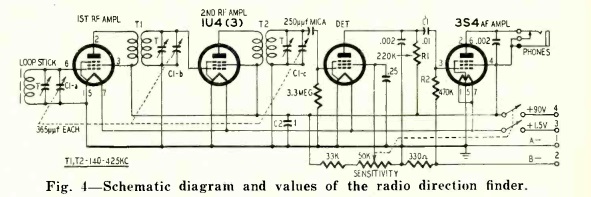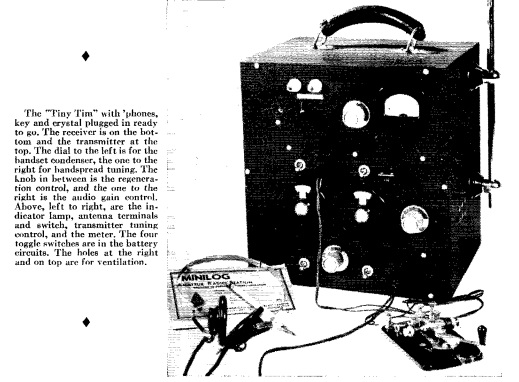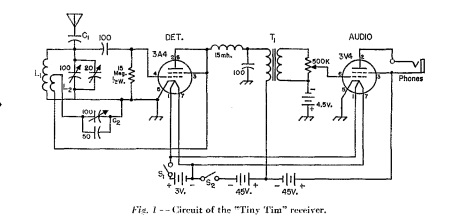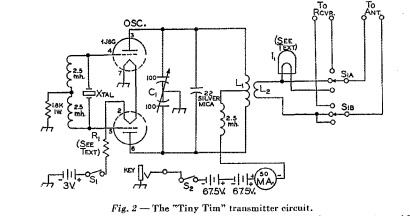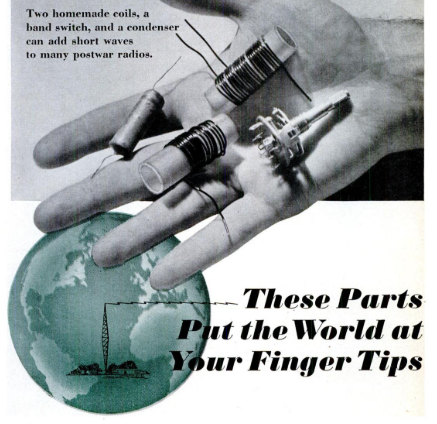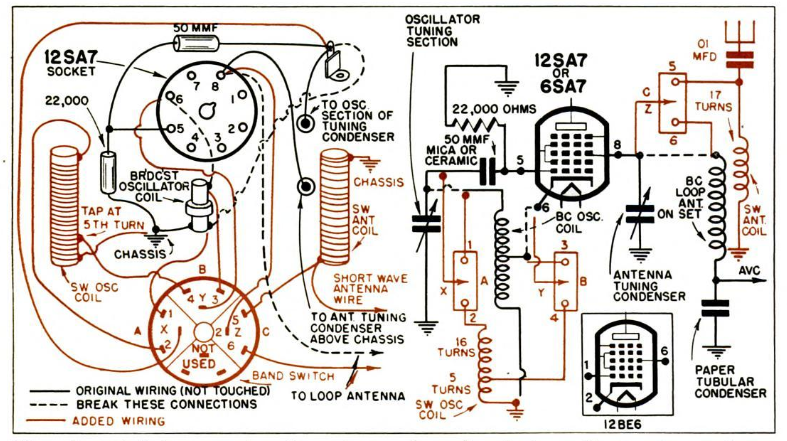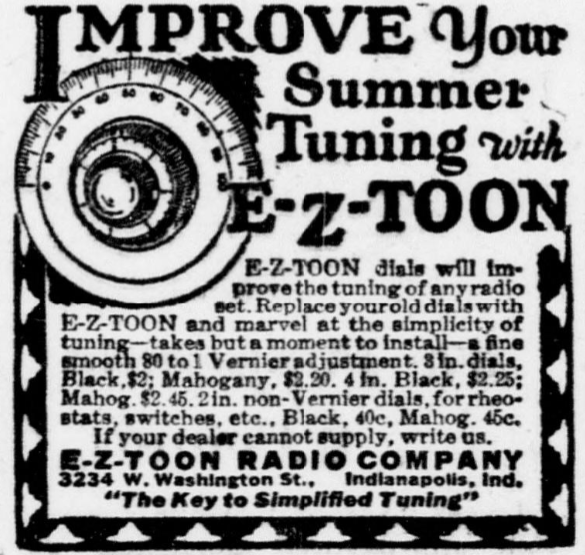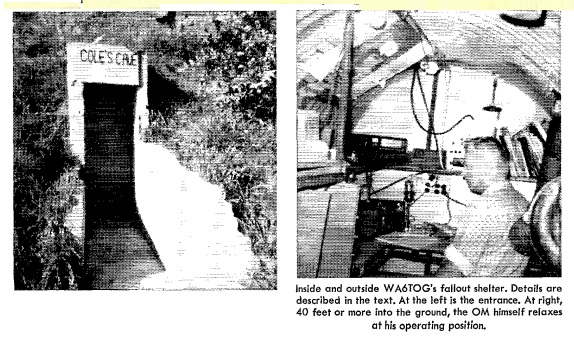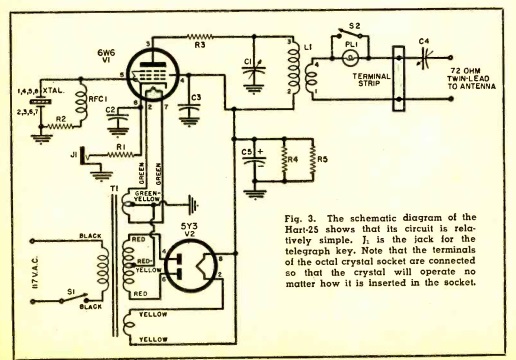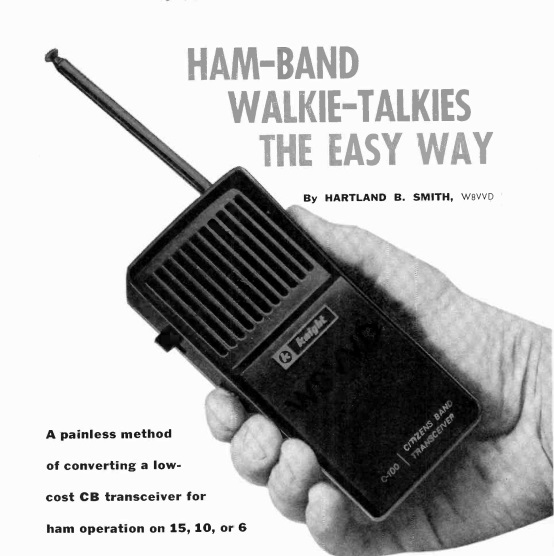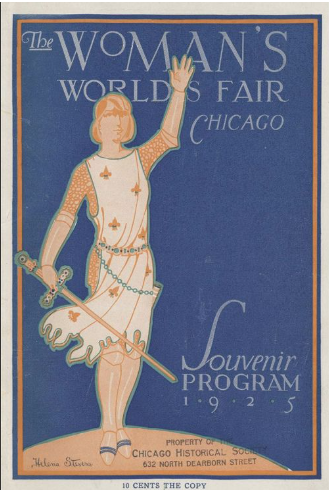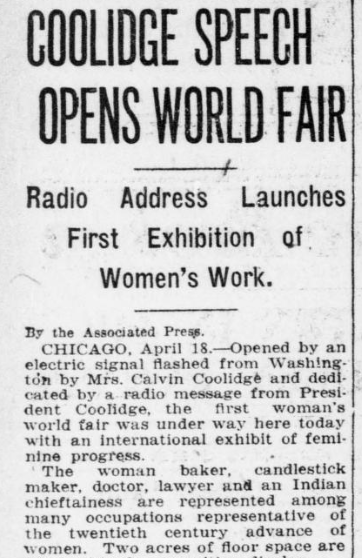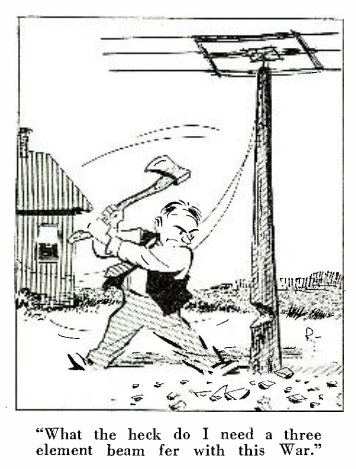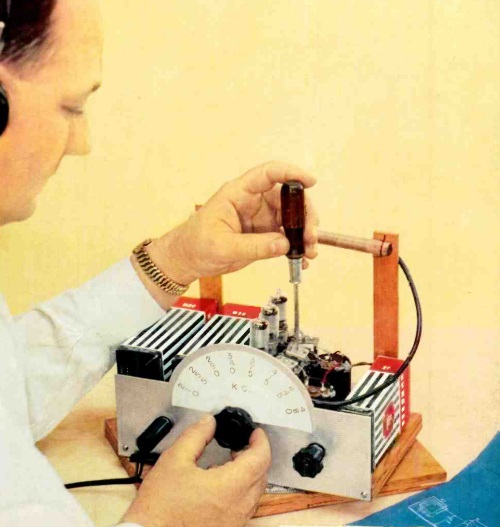 Seventy years ago this month, this gentleman was aligning the radio direction finding (RDF) receiver he had constructed according to plans in the the May 1955 issue of Radio-Electronics. The magazine noted that ferrite loop antennas had simplified the design considerably. It even recommended going ahead and building one even if you didn’t have a boat: “You can build one and use it yourself or give it to a cruising friend, thus insuring yourself of a boating trip anytime you want. This model has been designed with the simplest of construction and can be made of surplus and junkbox parts. But it will give bearings as good as the fanciest job afloat.”
Seventy years ago this month, this gentleman was aligning the radio direction finding (RDF) receiver he had constructed according to plans in the the May 1955 issue of Radio-Electronics. The magazine noted that ferrite loop antennas had simplified the design considerably. It even recommended going ahead and building one even if you didn’t have a boat: “You can build one and use it yourself or give it to a cruising friend, thus insuring yourself of a boating trip anytime you want. This model has been designed with the simplest of construction and can be made of surplus and junkbox parts. But it will give bearings as good as the fanciest job afloat.”
By turning up the gain, the set could also copy CW signals, which shared the same frequency range as beacons. It also pointed out that A-N Beacons for aviation could be found in that band.

